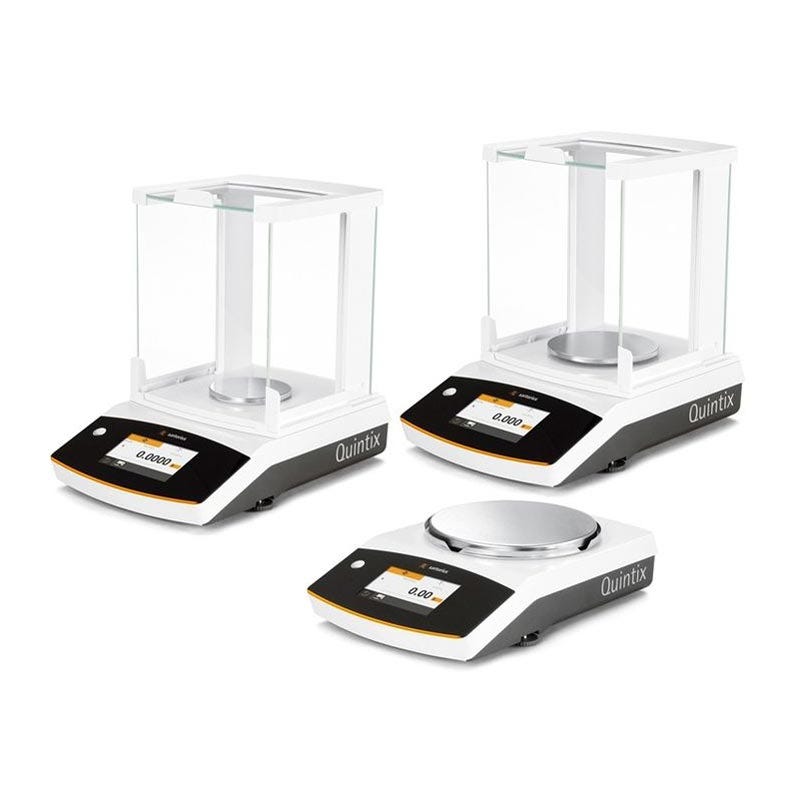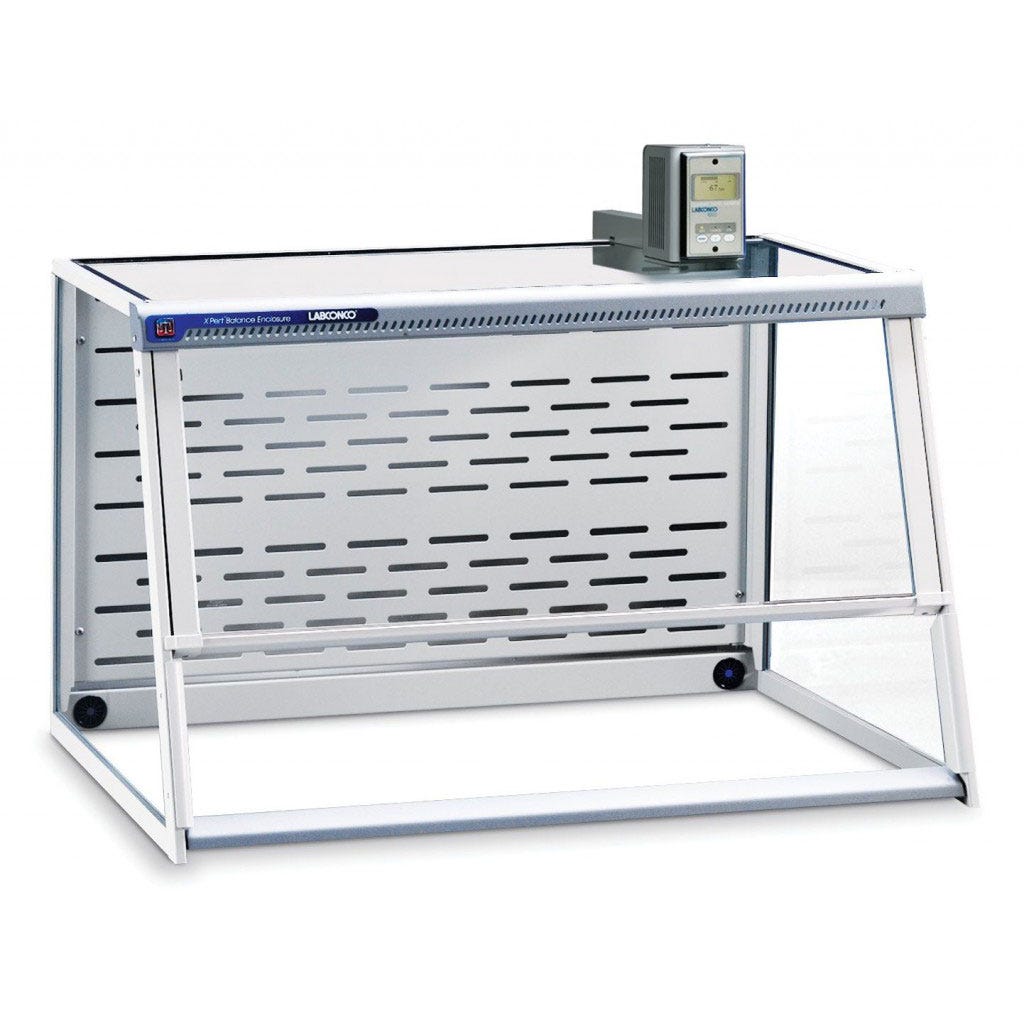Learn More: Avoiding Measurement Errors
Avoiding Errors in Laboratory Balance Measurements

Balances are often treated as the workhorses of the lab, but they are in fact extremely precise and sensitive measuring instruments. Their sophisticated components must be understood and handled properly to avoid inaccurate readings.
Below we discuss a number of factors that affect the accuracy of analytical balances.
Calibration
The first issue is as obvious as it is overlooked: calibration is essential to the integrity of your data. An ongoing servicing and calibration schedule, followed without fail for the life of the instrument, ensures the accuracy, reliability and repeatability of measurements.
The first issue is as obvious as it is overlooked: calibration is essential to the integrity of your data. An ongoing servicing and calibration schedule, followed without fail for the life of the instrument, ensures the accuracy, reliability and repeatability of measurements.
Even though some balances have an internal calibration feature, many labs conduct their own calibration tests on new equipment with certified calibration weights that help users to determine the calibration settings for their specific lab environment. Calibration is often performed annually, but users should consider more frequent testing if balances are used heavily and/or in an environment subject to vibration or frequent temperature or humidity fluctuation. Maintain a log of calibration dates and procedures, including reference to NIST-traceable weights or other equipment.
Air Currents

Air currents can affect the intricate mechanisms of the analytical balance, just as temperature and vibration can alter the measurement of a small sample size. Changes in air pressure from ceiling fans, air conditioners, and open doors can compromise measurement accuracy. To counter the effects of air currents on laboratory balances, use a balance shield or place analytical balances within a balance enclosure (a "dead air" box). These enclosures also serve to protect the operator from noxious or toxic chemicals that are being weighed.
Temperature
The slightest change in room temperature can cause noticeable changes in the weight of the sample, so strict temperature controls help ensure accurate readings on the analytical balance. If the room temperature is too high, the sample can expand or lose some of its moisture due to evaporation. If the temperature falls too low, the sample could contract, or water may condense in the sample’s container. Both factors can affect measurement accuracy.
Vibration
Vibration from refrigerators, ventilation systems, and other equipment also compromises measurement accuracy. Since the sample size is typically quite small, the slightest vibration can rearrange, displace, or spill the sample, thereby affecting the amount of material available for measuring as well as its distribution in the balance. Small vibrations can also disrupt the delicate machinery of the analytical balance, necessitating recalibration of the analytical balance.
Consider the following recommendations to ensure the most accurate and reproducible results achieved by your analytical balance:
- Always check to be sure the balance is level.
- Close balance doors before weighing or place the balance within a "dead air" enclosure
- Equilibrate hot or cold samples to room temperature in closed containers prior to weighing.
- Protect hygroscopic samples from moisture until just prior to weighing.
- Place analytical balances in a protected environment away from temperature extremes such as direct sunlight, heating and AC vents.
- Avoid heavy traffic that causes vibrations in the weighing area
- Avoid overloading, which could cause damage to mechanical parts. This is especially important when microbalances are used
